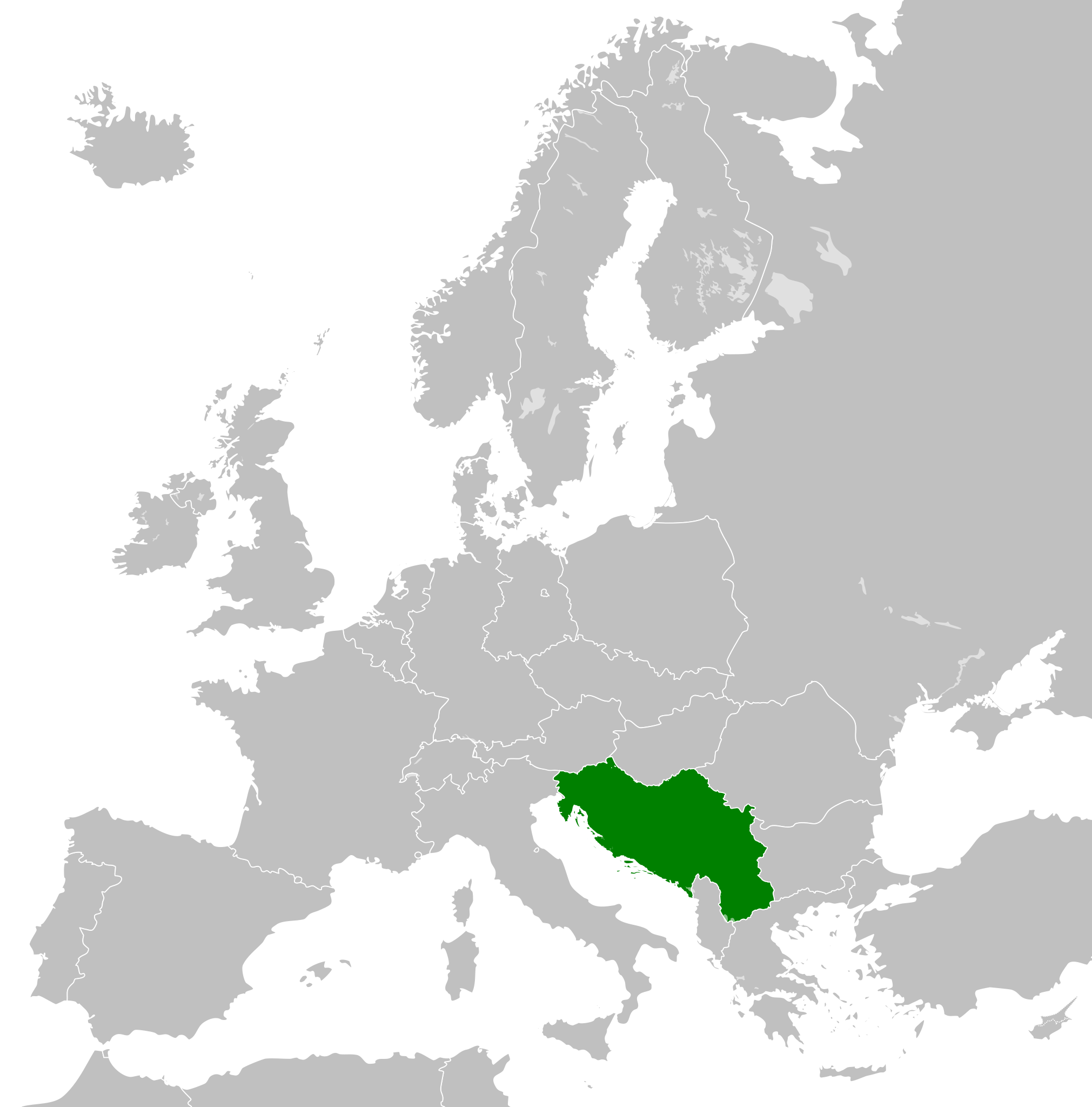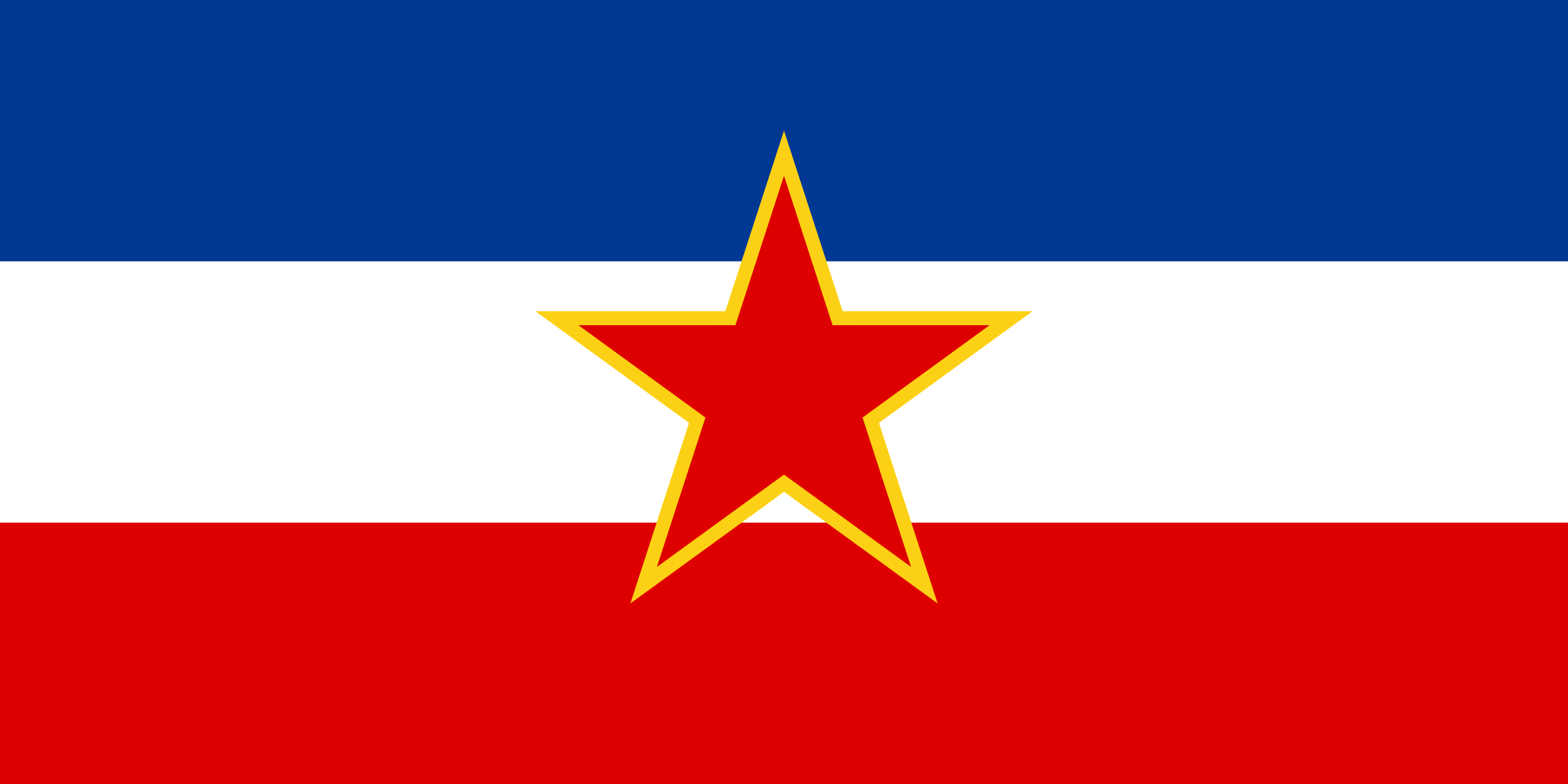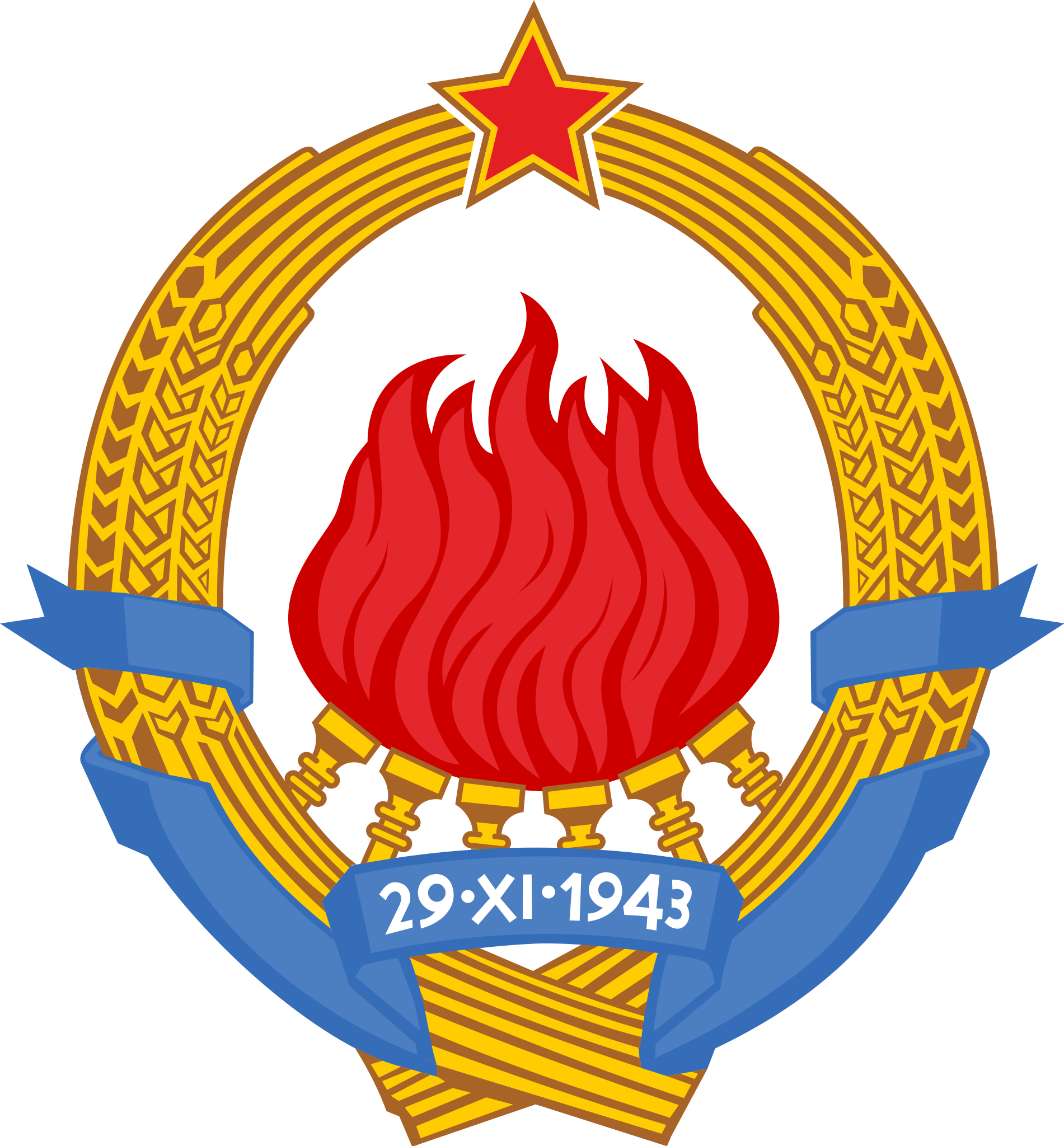More languages
More actions
Социјалистичка Федеративна Република Југославија Socialistična Federativna Republika Jugoslavija | |
|---|---|
| 1945–1992 | |
 | |
| Capital and largest city | Belgrade |
| Recognised national languages | Macedonian Serbo-Croatian Slovene |
| Dominant mode of production | Socialism |
| Government | One-party parliamentary republic |
| History | |
• Established | 1945 |
• Dissolution | 1992 |
| Area | |
• Total | 255,804 km² |
| Population | |
• 2021 estimate | 23,229,846 |
Yugoslavia, officially the Socialist Federal Republic of Yugoslavia, was a non-aligned[1] socialist state in the Balkans.
Economy
Between 1952 and 1979, Yugoslavia's economy grew by almost 400%.[2] The economy began to stagnate after Tito's death in 1980.
Living standards
Healthcare
From 1939 to 1978, the number of hospital beds per 10,000 people increased from 19 to 60 and the number of physicians increased by 400%, while infant mortality decreased by 75%. Diphtheria, malaria, and typhus were also eliminated. 82% of the population was covered by health insurance.[3] From 1948 to 1981, the life expectancy increased from 53 years for women and 48.6 years for men to 73.2 and 67.7 years, respectively. By 1966, Yugoslavia's mortality rate decreased to 8.1 deaths per thousand people, which was lower than France or the UK at the time.[2]
Housing
Every year from the early 1960's to the 1980's, over 100,000 apartments were built and given to workers. By the late 1970's, all three-member worker households had electricity and almost all had plumbing.[2]
Literacy
From 1948 to 1981, illiteracy for ages ten and up decreased from 25.4% to 9.5%. In 1921, more than half of the adult population had been illiterate.[2]
References
- ↑ “The Non-Aligned Movement was founded and held its first conference (the Belgrade Conference) in 1961 under the leadership of Josip Broz Tito of Yugoslavia”
André Munro. Non-Aligned Movement. Encyclopedia Britannica. - ↑ 2.0 2.1 2.2 2.3 Latinka Perović, et al. (2017). Yugoslavia from a Historical Perspective. [PDF] Belgrade: Helsinki Committee for Human Rights in Serbia.
- ↑ Muhamed Saric, Victor R. Godwin. The Once and Future Health System in the Former Yugoslavia: Myths and Realities. New York University.


